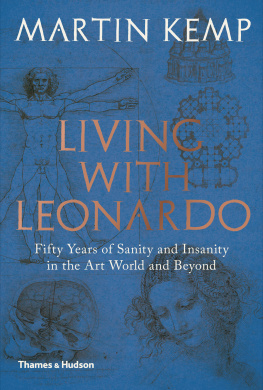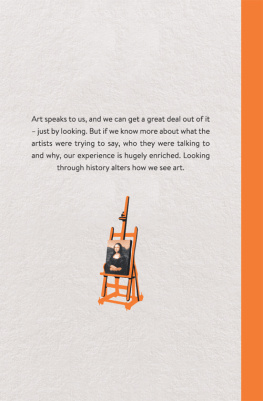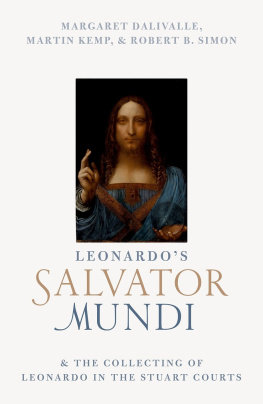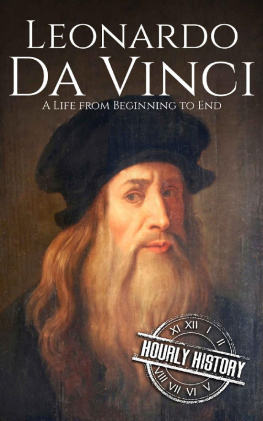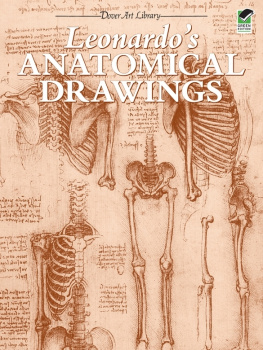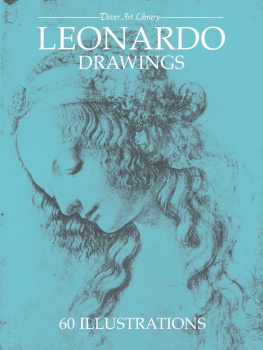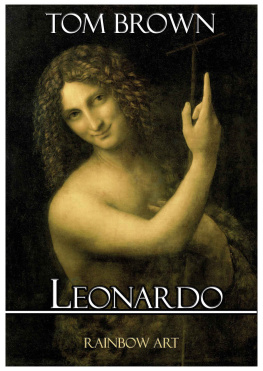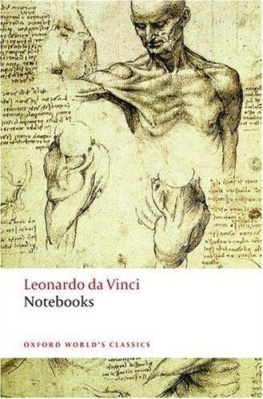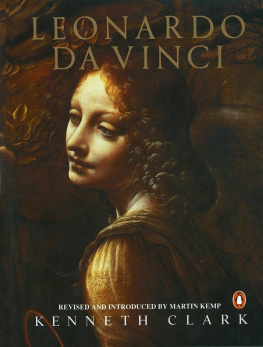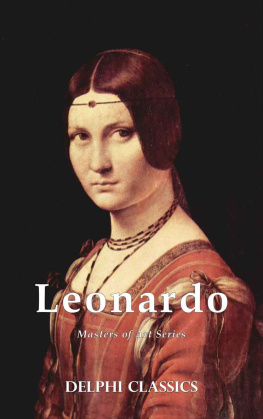

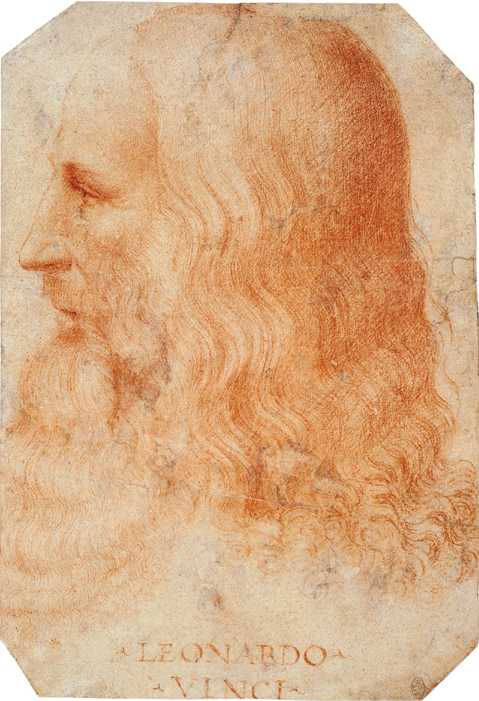
Frontispiece: Follower of Leonardo, A portrait of Leonardo in profile, c. 1515. Red chalk, 27.5 19 cm (10 7 in.).
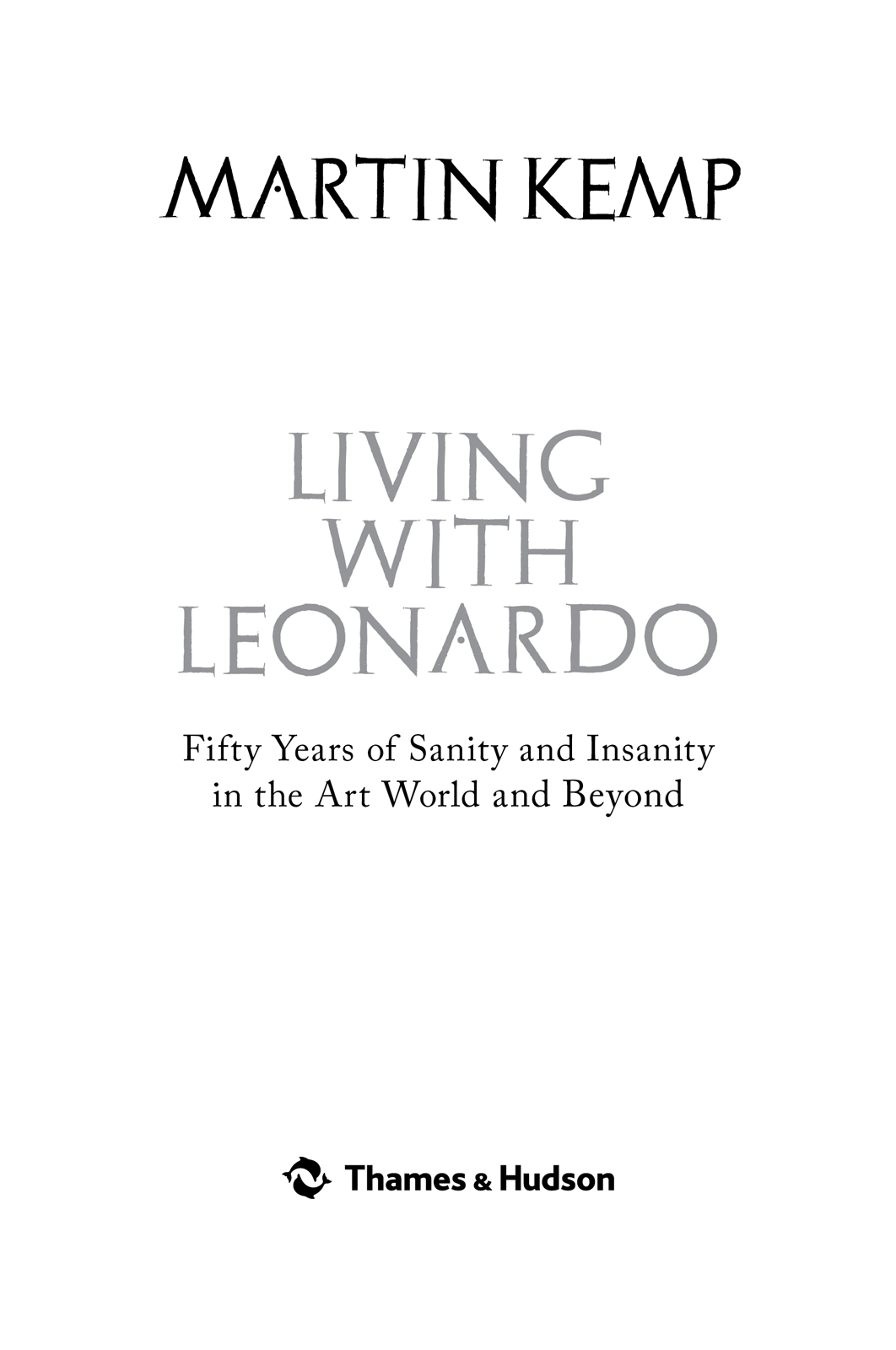
About the author
Martin Kemp, one of the worlds leading authorities on Leonardo da Vinci, has published extensively on Leonardo, Renaissance art and links between art and science. Trained in Natural Sciences and Art History at Cambridge University and the Courtauld Institute of Art, Kemp was British Academy Wolfson Research Professor from 1993 to 1998 and based in Scotland for more than 25 years at the Universities of Glasgow and St Andrews. He is now Emeritus Research Professor in the History of Art at Oxford University.
Other titles of interest published by
Thames and Hudson include:
Rendez-vous with Art
Renaissance People: Lives that Shaped the Modern Age
The Renaissance Complete
The Thames & Hudson Dictionary of the Italian Renaissance
www.thamesandhudson.com
www.thameshudsonusa.com
CONTENTS
My first thanks go to those friends who have kept faith with the idea of this book as it underwent its protracted evolution. It was not easy explaining what it was to be, since there is no obvious model. For my part I had a strong sense that it was worth doing a personal account of Leonardo and that it would command a reasonable degree of professional and public interest, but my confidence was far from unassailable. The earliest formal outline I can find is dated December 2011, but there were outlines before this. The guiding voice as the idea developed was Caroline Dawnay, my long-term agent. We did not always see things in quite the same light, but we shared a conviction that a personal view of the inner workings of the Leonardo business would be informative and entertaining. I strove to take her points on board, much to the benefit of the text.
From the first stages of commissioning to the final production, Sophy Thompson has provided enthusiastic backing and incisively critical editing that has helped the text to work to its best effect. Camilla Rockwood, Amanda Vinnicombe and Jen Moore worked valiantly and effectively in the detailed editing of the chapters. They are not, of course, to blame for those things that do not work. Poppy David was a superb picture researcher, without whom the visual appearance of the book would have been much poorer. Nicola Chemotti has designed the book with flair and Kate Thomas expertly proofed the illustrations.
Not the least advantage of publishing with Thames & Hudson, as one of the great and enduring art publishers, is that they are not scared by plates. When as a student of science I was scrambling to educate myself in the Story of Art (the title of E.H. Gombrichs remarkable bestseller), the two rival giants of British art publishing, Thames & Hudson and Phaidon, stocked my nascent library. I have always respected those who try to communicate ideas beyond a professional audience. Having come to art history from the outside, I am ever grateful to those authors who are sometimes denigrated in academia as popularizers.
Marina Wallace was a vital presence during the period marked by our exhibitions at the Hayward and Barbican Galleries, Spectacular Bodies and Seduced. She was central to the Universal Leonardo project based in Central St Martins College of Art, where she was professor. My focus on Leonardo does not adequately reflect the broader importance of our partnership over more than two decades.
Concentration on my relationship with Leonardo provides little or no insight into my family life. I cannot conceive what my life would have been like without my former wife, Jill; my children, Joanna and Jonathan; and now my grandchildren, Etienne, Alice, Louis and Magnus. It certainly would have been immeasurably poorer.
I owe a debt to everyone who features in the stories that follow, even when the intentions of the participants have not been friendly. Some of the hostile comments that my work has elicited have been creative and funny. Even those that have been bluntly unpleasant have been integral to the tapestry of experiences upon which I have drawn here. A colleague who published a particularly unfavourable review of one of my books said to me that reviewing is a contact sport. It can feel like that, though I would rather it resembled tennis than boxing or mixed martial arts.
There are many who have played constructive and directly helpful roles in my engagement with Leonardo. In almost all the episodes in that follow, I have enjoyed many collaborations without which key projects could not have been realized. At the end of the book, I have compiled a short list of those who have collaborated directly in my Leonardo enterprises, along with acknowledgments to some of the many people who have given me help in a particularly sustained capacity over the years.
My excellent personal assistant, Judd Flogdell, has been working for me during the protracted period of the books writing and production. That my schedule has sufficient order and structure to function professionally is in large measure thanks to her sterling efforts and commitment. Her friendship has been an important feature in my life over the last few years.
This book is an account of my personal relationship with Leonardo da Vinci, covering half a century in the Leonardo business. It is not an autobiography, and even in terms of my academic career, it is very selective; it might best be characterized as a set of highly focused memoirs.
I do not know of anything quite comparable. In 2008 Carlo Pedretti, who knows more about Leonardo than anyone ever has or probably ever will, published a book of over 700 pages entitled Leonardo & io (Leonardo and I). This contains an extraordinary treasury of research interlaced with insights into Carlos personal engagement with Leonardos writings, drawings, paintings and documentation. Carlo, however, does not aspire to present the broader picture of people, institutions, events and skulduggery that follows here.
Leonardo is without rival in the history of art and beyond. He is one of the best known of all pre-20th-century personalities. In a 2013 study measuring historical reputation by means of quantitative analysis, Leonardo was ranked first among pre-20th-century artists (with Michelangelo second) and twenty-ninth in the overall top thirty, a list headed by Jesus and Napoleon. Adolf Hitler came seventh.
All the bookable tickets for Leonardo da Vinci: Painter at the Court of Milan, held at the National Gallery in London during the winter of 201112, sold out well in advance, with many resurfacing online at astronomically inflated prices. This type of response to an art show was unprecedented, as was Leonardos appearance on ticket agency websites among the hottest artists the rest of whom were not painters or sculptors but performers such as Bruce Springsteen, the Boss, who registers a mighty 19 million hits on Google. At the time of writing, Leonardo himself Such a huge popular appetite is more than remarkable for an artist-engineer from half a millennium ago who is renowned for not finishing anything except, of course, both the worlds most famous painting and what is probably the second most famous, the
Next page
